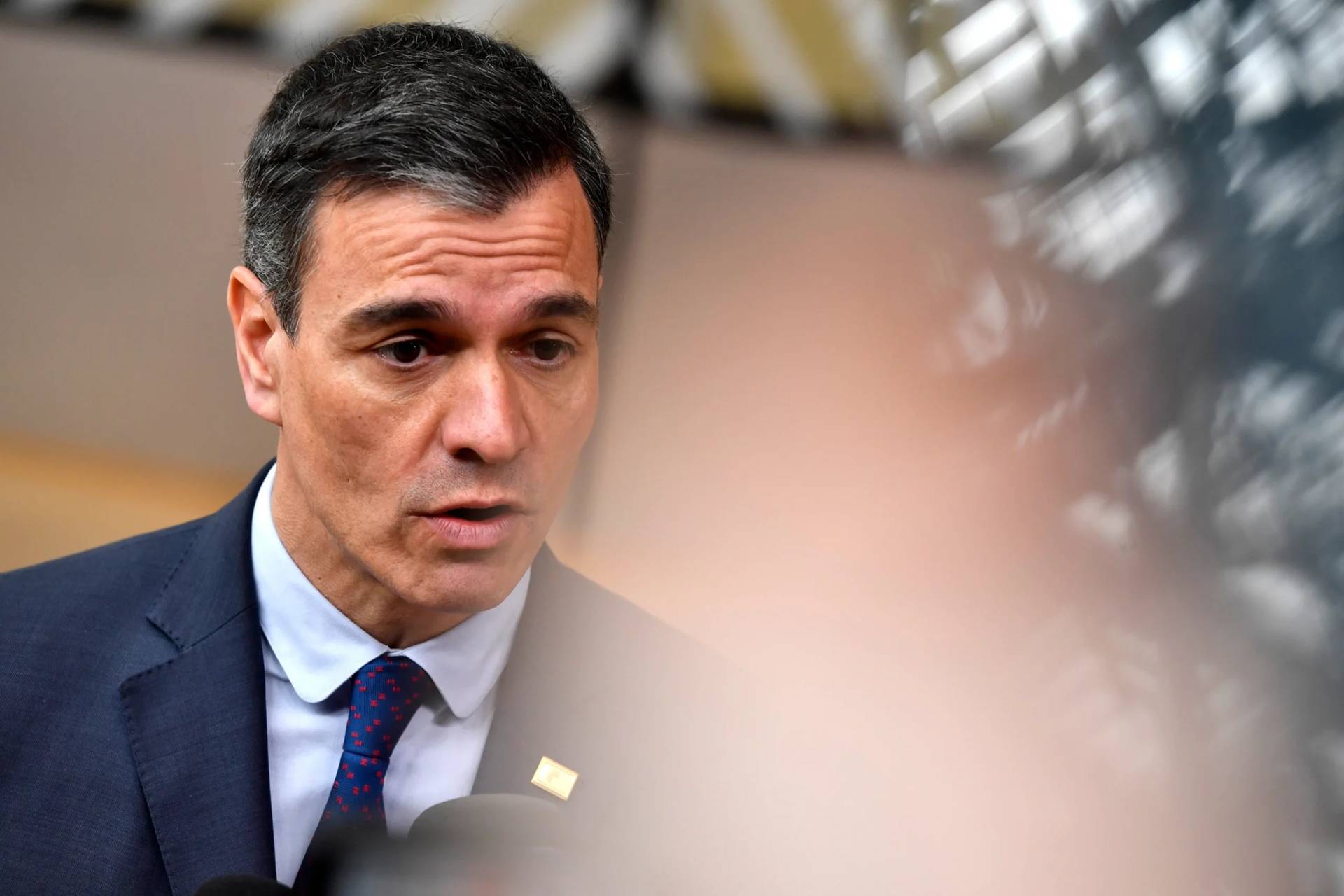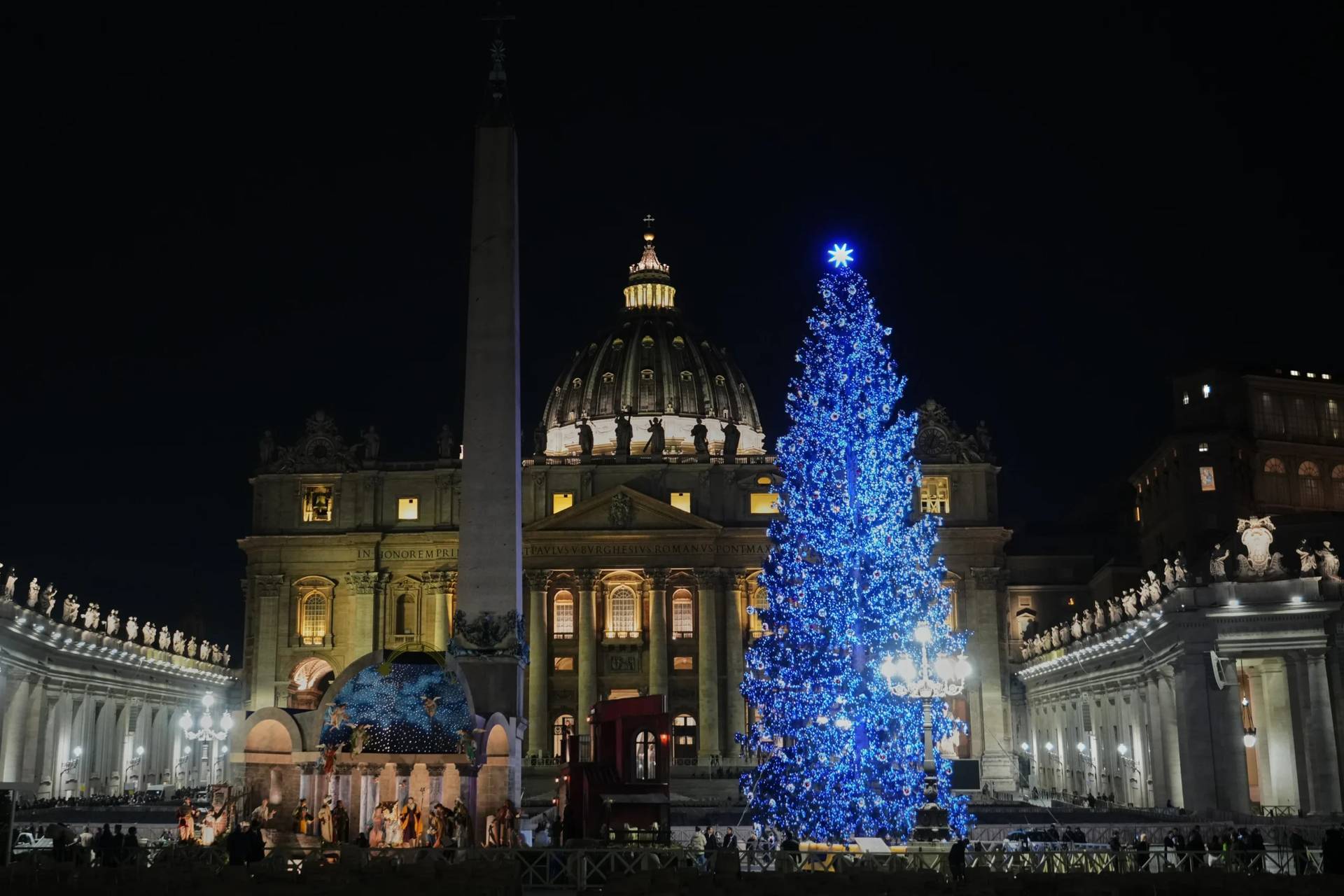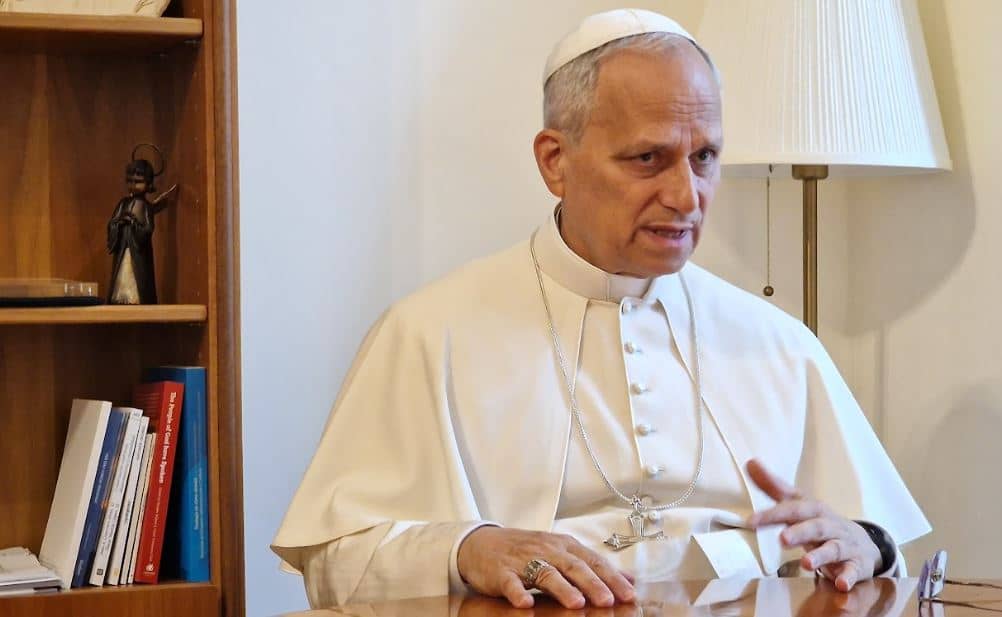[Editor’s note: Jessica Keating is the director of the Office of Human Dignity and Life Initiatives in the McGrath Institute for Church Life at the University of Notre Dame, where she engages in scholarship that strives to recover the concept of human dignity for the theological and philosophical imagination. Prior to coming to the Institute for Church Life, she taught at Red Cloud Indian School in Pine Ridge, South Dakota. She spoke to Charles Camosy about her work.]
Camosy: Tell us more about your position in the McGrath Institute for Church Life.
Keating: As the program director for the Notre Dame Office of Life and Human Dignity, I get to spend my professional life at the crucial intersection of the academy and the Church. The academy can be a really hostile place for defending and promoting human dignity. It’s fashionable these days to argue that the very ideas of human dignity and the sanctity of life are stupid and useless concepts. There’s a lot of work to do in the world of scholarship and education to defend and advance human dignity as something more than autonomy, power, or usefulness.
I get to work with University of Notre Dame faculty members, who are leaders in their respective field, to develop educational resources that build up a consistent ethic of life by addressing life issues across the disciplines. This is so crucial because building a culture of life is not only a political task; it’s also the work of education and formation.
It’s incredibly important to renew a vision of a consistent ethic of life that radiates from the sanctity of life in the womb in order to address the realities of a throwaway culture. We work to educate and form people who recognize the inherent dignity in the most vulnerable and who respond to the challenges of the culture of death with intellectual rigor, creativity, and hope.
The story of how you came to the pro-life movement is an interesting one. Can you share a bit of it?
I really stumbled into the pro-life movement. I received Confirmation after college and to be honest, I don’t think I could’ve articulated my reasons at the time. I was deeply compelled by the Church’s Catholic Social Teaching tradition, but at the time I only saw it as a strategy for political activism, and as embarrassing as it is to admit, I used it as a weapon to chide those I felt weren’t living up to its demands, even as I continued to defend a woman’s absolute right to elective abortion.
It wasn’t that I thought abortion was a good thing, but I really believed that a more just society required access to abortion. It really wasn’t until I encountered the writings of Dorothy Day that I saw someone in whom the Church’s sacramental life informed a way of living that involved concrete practices. For the first time, I think I understood that the Church’s social teaching isn’t really understood apart from a life of contemplation, prayer, and the sacraments. Dorothy Day was an uncompromising radical, she was a political lightning rod, she was flawed and vulnerable, she practiced the works of mercy.
I really believe that if we want to preserve the language of a consistent ethic of life, the first place we need to look is not to politicians, but to saints. Saints like Francis of Assisi, Mother Teresa, Damien of Molokai, and Maximillian Kolbe because it’s in them that we see the infinitely particular ways that the Gospel of Life is lived throughout history, because theirs is a way of living that is attuned to that which is most deeply human. In a way, the saints are the ultimate realists because they see the world as it is.
They see themselves as they really are: Sinners who are loved and have experienced God’s mercy and love. They aren’t blinded by self-aggrandizing pride or utopian visions, and it’s precisely this realism that allows the saints to give themselves over in service to life.
Witness to the goodness and sanctity of life is not overtly or obviously political, but of course it is political! It takes up the particular stand that where the lives of the most vulnerable are concerned the greatest acts of tenderness are required.
You were among the leaders of a very large group of people from Notre Dame who went to the March for Life, right?
It’s incredible to see how the March for Life grows and changes from year to year, not simply in terms of numbers but in enthusiasm, commitment, vision. When I went on my first March for Life with Notre Dame four years ago, 700+ students attended. Now, it’s over 1,000. It’s really quite remarkable to witness young adults make the sacrifice to attend the March. All the credit really goes to the student-leaders of ND Right to Life, who work tirelessly to coordinate all the details that make Notre Dame’s participation at the March possible.
Something one of the student-leaders said at the end of Mass the morning of the March for Life has stayed with me. Usually, the student announcements are just that, announcements about transportation, food, the meet-up location, etc. And this student did all that but went on to say that the March for Life is only the beginning, the first, crucial moment in the ongoing struggle to protect and defend life.
The work of the movement, he told his peers, doesn’t end in D.C. That’s just the first step. It was stunning to hear a student, 20 or 21 years old, speak with such authority, conviction, and passion about being pro-life and exhorting his peers to ongoing action as the authentication of witness.
What were your general impressions of the March? In particular, I wonder what you thought of Donald Trump playing such a key role in the day’s events?
This is a question I really wrestle with. On the one hand, under the current administration there has been real progress in terms of acknowledging the value of fetal life and protecting it.
On the other hand, it’s really hard for me to see someone like President Trump honored in such a prominent way at the March for Life when so much of what he says and does undermines human dignity, the dignity of women and families, in concrete and profound ways. Coupled with the recent photographs of top-ranking Senate Democrats high-fiving after defeating the 20-week abortion ban, and I think we really start to see the political challenges the pro-life movement faces.
It not only highlights the importance of political engagement; it also points to the need to build a culture that can see vulnerability as an opportunity for compassion and mercy, rather than exploitation or elimination. A culture of life demands the practice of a hospitality that commits us to the works of mercy.
I’ve been quite sad about how the goals of the Women’s March were pitted against the goals of the March for Life. Do you think a pro-life feminism can bridge the gap between the two? Is there, perhaps, an opening in our current #MeToo moment for bridge-building?
I definitely see deep resonances between the #MeToo movement and pro-life movement. Once we drill down under the surface-level differences of sexual abuse and assault, and abortion, we start their common rootedness in an ecology of violence. Both are pernicious exploitations of women. Both exist within a matrix of power and violence again women. Both are symptomatic of a kind of culture that destroys solidarity and licenses a radical form of autonomy that allows the powerful to dominate others.
It’s funny, because as a pro-life feminist, I often hear the critique: “You can’t be pro-life and feminist because it’s a contradiction.” I’ve heard this from both sides—pro-life advocates, but to be honest, I hear it more often from pro-choice advocates.
My question is always, “Why? Who says I can’t be?” Who is adjudicating “authentic feminism” in this argument and what biases do they have?
Show me the pro-choice feminist who says women’s liberation requires abortion, and I’ll show you the pro-life feminist who says abortion is a symptom of oppression and antithetical to women’s liberation. Certainly, the latter is the older and consistently maintained feminist position in America.
Pro-life feminists are essential to building a coalition for life. At a minimum they show us the utter incoherence of the abortion debate. We need the witness of women and men who refuse to accept the status quo on abortion and who are going to fight to overturn Roe v. Wade and fight to enact policies that support women, children, and families, like healthcare reform and parental leave—policies that make it easier to choose life.
Being a pro-life feminist is a sacrifice because it means you’re often seen as troublemaker for upsetting the established binaries—are you a conservative or a liberal? No one knows what to do with you because you support government policies that assist the vulnerable and disenfranchised, who are disproportionately women of color, and you have the audacity to demand that this basic claim to minimal care and protection under the law be extended to our most defenseless and innocent citizens.
You once told me “I don’t think the Church in America has fully wrestled with the content of Evangelium Vitae.” Could you say more about what you mean by this?
Evangelium Vitae rewards re-reading. In the United States, I think it was pretty quickly subsumed into the Catholic culture wars, and it’s pretty much stayed that way for the past twenty years. But anyone who takes the time to read it carefully and to ponder its message is going to find it pretty difficult to fit it into any particular political ideology.
The Gospel of Life is profoundly consistent without collapsing all life issues into one another. My favorite passage comes toward the end of the document where John Paul II urges us on in the service of life. He writes:
Where life is involved, the service of charity must be profoundly consistent. It cannot tolerate bias and discrimination, for human life is sacred and inviolable at every stage and in every situation; it is an indivisible good. We need then to “show care” for all life and for the life of everyone. Indeed, at an even deeper level, we need to go to the very roots of life and love. (§87)
What does it mean to show care? I think he’s talking about a new way of being in the world, a way of being and living and moving in the world that wonders at the unseen unborn or homeless elderly person not for anything they can do but because they exist.
We have to recover a sense of wonder, which means attuning our hearts to vulnerability—in the ways we speak, in our gestures, and in our attitudes. John Paul II is articulating a form of life, a thicker sense of human dignity than our current public discourse seems willing to permit. He is speaking in a different register than our typical politicizing discourse allows. But something is lost if this becomes the only way we speak.
Maybe we can think about it like this. If we went to hear Beethoven’s 5th Symphony, we’d notice that the strings play a very important role throughout the piece, but if we were to take out the woodwind section we would miss some of the most luminous moments in the piece.
Each instrument in each section has a particular role to play. Without the woodwinds, something is lost. Without the strings there is no momentum. The same is true of a culture of life, which isn’t one thing or another, but the complex orchestration of particular vocations being lived out in service to life—in the arts, in medicine, in the family, in education, in politics, and in law.














